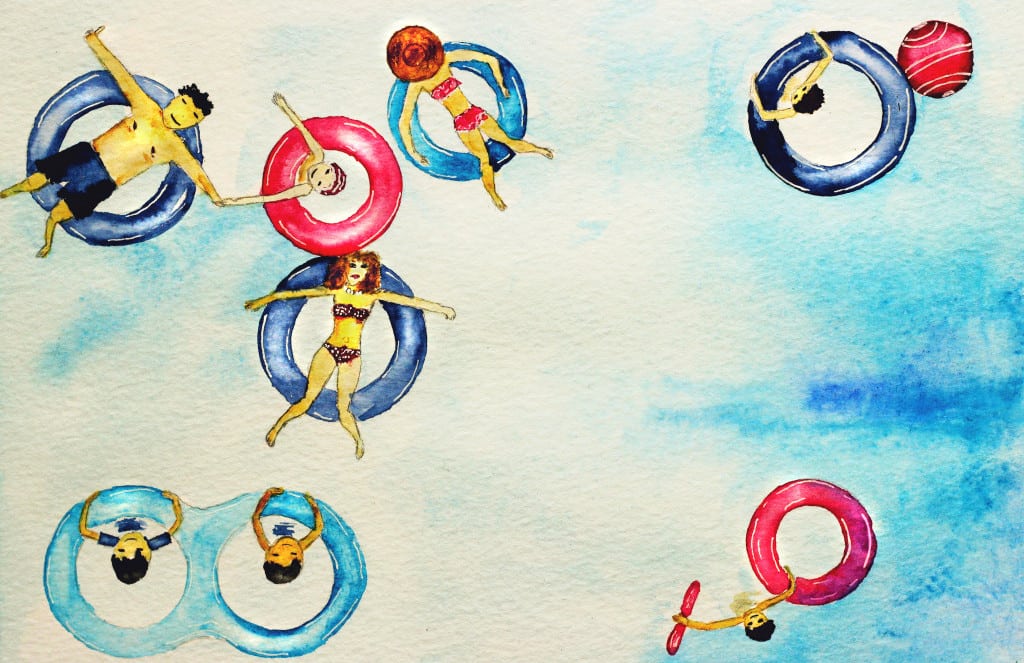Skift Take
Customer experience requires deeper thinking about the guest or passenger, which is why when it's done right it makes such a strong impression.
When customer service is done exceptionally well, it’s in part due to the predictive skills of the particular customer service representative. It’s like a game of checkers: understanding fairly predictable outcomes and always trying to think a step or two ahead.
Note: This is an excerpt from The Versus Issue, the second print magazine from Skift.
Customer service exists to help alleviate friction. Need help with a booking decision? Had a disrespectful flight attendant? The feedback channels for companies to deal with this friction may have become more complicated thanks to social media, but generally speaking, the operational protocols are the same: common situations that have been workshopped by CSR trainers to arrive at a customer-friendly resolution.
The way someone is treated at the Ritz-Carlton or a Danny Meyer restaurant when something goes wrong will generally differ greatly from treatment by someone at Spirit Airlines. The former has been highly trained to react to fluid situations with empathy, and in the case of the Ritz-Carlton employee, given a daily stipend to make things right for guests. The latter has to read from a static script or decision tree with the “no” button close at hand.
But even at its finest, customer service is merely one piece of the entire puzzle.
Customer experience is 3D chess. It is the aggregate of thousands of micro experiences a customer has with your brand and it presents countless opportunities to engender loyalty. There are myriad variations and outcomes, all of which need to be thought out and stewarded appropriately.
In hospitality, this now means examples such as how a guest interacts with your media (beautiful native ad or interruptive banner?), digital touch points, mobile and social content, and the booking process. It extends through check-in, experiencing the product or service, and sharing an experience with the wider world.
When the customer experience is fragmented or choppy, the culprit is often a hopelessly siloed organization —“It’s not my job.” But when it works, everything is harmonious between the online and “live” experiences, and friction is removed.
Fast Company recently unearthed an old academic paper from interaction designer Kerstin Blanchy on what the discipline can learn from the key principles of Japanese hospitality, or omotenashi.
The takeaways are simple in theory, but difficult in practice:
- Anticipate needs
- Flexibility
- Understatement
These tenets of customer experience also inform the digital sphere: data, targeting, UX. Principles that haven’t changed in a 1,300-year-old ryokan might just be the Rosetta Stone that governs an overarching digital and real-life customer experience today.
“To draw meaningful conclusions from user actions seems the [primary] motenashi challenge of today,” Blanchy says in the article, citing how Google Now attempts to anticipate your search queries and recalculates your driving directions when you change your mind.
All of the data in the world is much more powerful when placed in the hands of a well-
trained, empathic person that can anticipate, be flexible, and help steward a cohesive experience.
Colin Nagy is Executive Director at The Barbarian Group.
The Daily Newsletter
Our daily coverage of the global travel industry. Written by editors and analysts from across Skift’s brands.
Have a confidential tip for Skift? Get in touch
Tags: sgf2015
